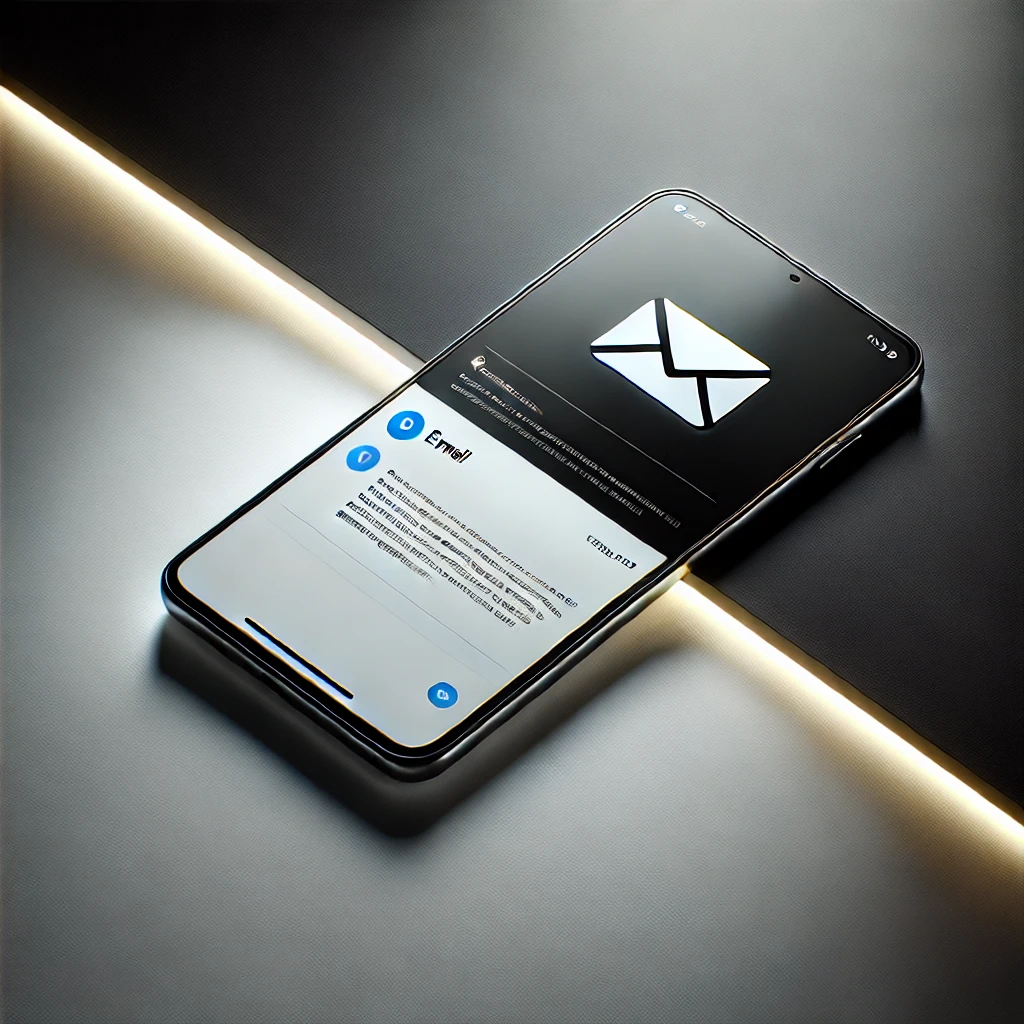Digital Production Agency says that The online marketing industry is abuzz with several trending technologies today, and one of those worth extensively looking into is programmatic buying.
Back in the mid-1700s, the Industrial Revolution was spurred on by the development of manufacturing technologies that paved the way to mass production and assembly lines. Productivity increased for companies and soon efficiency followed, and eventually, mass production spread from pens to textiles to automobiles and everywhere else it could apply. The same thing is happening to programmatic media buying.
Automated, real time bidding (RTB) isn’t a new concept, but with its expansion and integration of third party to first party data and everything in between, it’s a whole new breed of programmatic buying. It’s big, it’s promising, and you need to know whether you should go for it or not – after all, it’s rapid growth is second only to mobile in this year’s second quarter alone.
You SHOULD Go Programmatic If: You want to go automated
The beauty of automating a process (with enough tools and information to still make the delivery as flexible as possible for the target audience) is that it beats doing it manually anytime. The automated calculations, exchanges, and decisions made in programmatic buying based on data of consumer behaviors and RTB efficiently does everything in milliseconds, deploying the right ad at the right spot to the right audience.
You SHOULDN’T Go Programmatic If: You want to go on autopilot
Automated doesn’t mean autopilot, however: as mentioned above, everything happens without your figurative hand in things, but the setup is still flexible. It allows customization and tweaking – which you should of course take full advantage of. You can’t leave programmatic buying on autopilot because then you could lose over other bids, lose out on the right display spots or audiences, or both.
You SHOULD Go Programmatic If: You want to be able to lower CPM
The biggest advantage of programmatic buying is its cost-efficiency in terms of CPM balanced out with Return on Investment. The inventory exchanged in programmatic buying is typically priced lower than premium (at the current state of things), which already makes this method of ad delivery very attractive to budget-conscious folks. Better yet, because of the ROI brought by programmatic targeting, it also makes for a cost-efficient option that can drive down CPM.
You SHOULDN’T Go Programmatic If: You want to do nothing else BUT lower CPM
If your only goal is to continually lower CPM, you need to look farther and wider than your current objectives. Inevitably, there will be times when lowering CPM should be your priority, but not at the expense of abusing programmatic buying for that sole purpose. This single-minded goal skews the entire system into lower yield – from the ads created by creative media partners to the ads sold by publishers and finally, to the ads you eventually display to the people who dictate your CPM.
You SHOULD Go Programmatic If: You want to balance out highly targeted inventory with premium, branded inventory
Since programmatic buying and RTB has a tendency to lower prices for publishers pitching inventory, what with the “lowest bidder wins” mentality, there are concerns in the industry that programmatic buying could lower the prices of premium inventory. While it is true that programmatic is at a tipping point particularly with attribution models that accurately work for this relatively new marketing method, you need to understand that it isn’t out to dominate the market. There should always be balance between what you can automate through RTB and what you simply can’t, and it’s your job to figure that out for your business’ best interests.
You SHOULDN’T Go Programmatic If: You think it’s the only thing that can work in the future
Don’t take the Industrial Revolution analogy so seriously. While everything automated is almost always better than anything manual, the factors that come into play with programmatic buying are diverse and getting even more complex (and more numerous). “Programmatic” doesn’t mean simply “automated.” Programmatic is so much more – and because of that, it takes a lot of consideration and forethought on where to apply it.
Programmatic media buying is expanding well beyond what it first meant to use demand sides for real time bidding. You should go for it.



